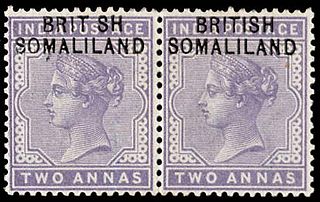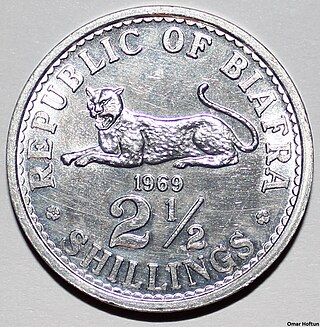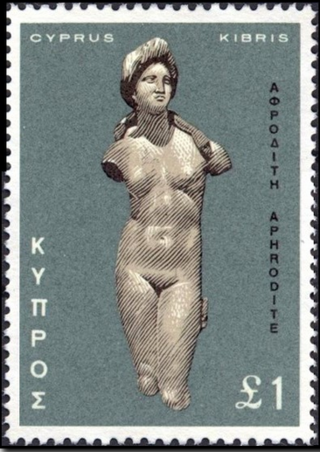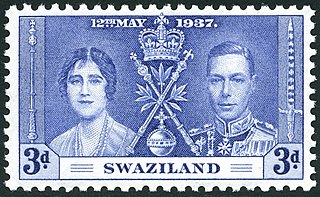
The native states of India, also known as feudatory or princely states, were typically vassals under a local or regional ruler who owed allegiance to the British Raj. There were about 675 native states in all but many were not parts of British India proper because they never become possessions of the British Crown; rather, they were tied to it in a system of subsidiary alliances. Following the Partition of India in 1947, the suzerainty of the Raj was terminated and native states had to choose between independence or formal accession by either India or Pakistan. In practice, all of the native states had acceded or been annexed by the end of 1949.

This is an overview of the postage stamps and postal history of Australia.
This is a survey of the postage stamps and postal history of British East Africa.

The French Congo was a French colony established in the present-day area of the Republic of the Congo, Gabon, and the Central African Republic. It began in 1880 as a protectorate, and its borders with Cabinda, Cameroons, and the Congo Free State were established by treaties over the next decade. French Congo was temporarily divided between Gabon and Middle Congo in 1906, before being reunited as French Equatorial Africa in 1910 in an attempt to copy the relative success of French West Africa.
This is a survey of the postage stamps and postal history of Bechuanaland Protectorate.

Originally mail from British Somaliland used postage stamps of Egypt, then India. In 1903, about 30 types of stamps of India were overprinted "BRITISH / SOMALILAND".

The pound was the currency of the breakaway Republic of Biafra between 1968 and 1970.
Each "article" in this category is a collection of entries about several stamp issuers, presented in alphabetical order. The entries are formulated on the micro model and so provide summary information about all known issuers.

This is a survey of the postage stamps and postal history of Chad.

This is a survey of the postage stamps and postal history of Cyprus. The country's postal history is intricately linked to the island's political past.

The postage stamps and postal history of Azerbaijan describes the history of postage stamps and postal systems in Azerbaijan, which closely follows the political history of Azerbaijan, from its incorporation to the Russian Empire in 1806, to its briefly obtained independence in 1918, which it lost to the Soviet Union in 1920 and re-acquired in 1991 after the fall of the Soviet Union.
This is a survey of the postage stamps and postal history of Brunei.

This is a survey of the postage stamps and postal history of Ukraine.

This is a survey of the postage stamps and postal history of Ghana, known as the Gold Coast before independence.

This is a survey of the postage stamps and postal history of Togo.

This is a survey of the postage stamps and postal history of Niger, a former French colony that obtained independence in 1960.

The postal history of the British Cameroons falls into two essential parts: the occupation of German Kamerun by Anglo-French forces in 1915, when German Colonial stamps were issued with an overprint and surcharge; and the situation following a 1961 plebiscite, after which the former British Cameroons, today known as Ambazonia, was divided between Cameroon and Nigeria.

This is a survey of the postage stamps and postal history of Eswatini, formerly Swaziland.

This is a survey of the postage stamps and postal history of Transvaal, formerly known as the South African Republic.

British postal agencies in Eastern Arabia issued early postage stamps used in each of Abu Dhabi, Bahrain, Dubai, Kuwait, Muscat and Qatar. Muscat and Dubai relied on Indian postal administration until 1 April 1948 when, following the Partition of India, British agencies were established there. Two agencies were opened in Qatar: at Doha and Umm Said. In Abu Dhabi, an agency was opened on Das Island in December 1960 and in Abu Dhabi City on 30 March 1963. The agencies also supplied stamps to Bahrain until 1960; and to Kuwait during shortages in 1951–53.


















